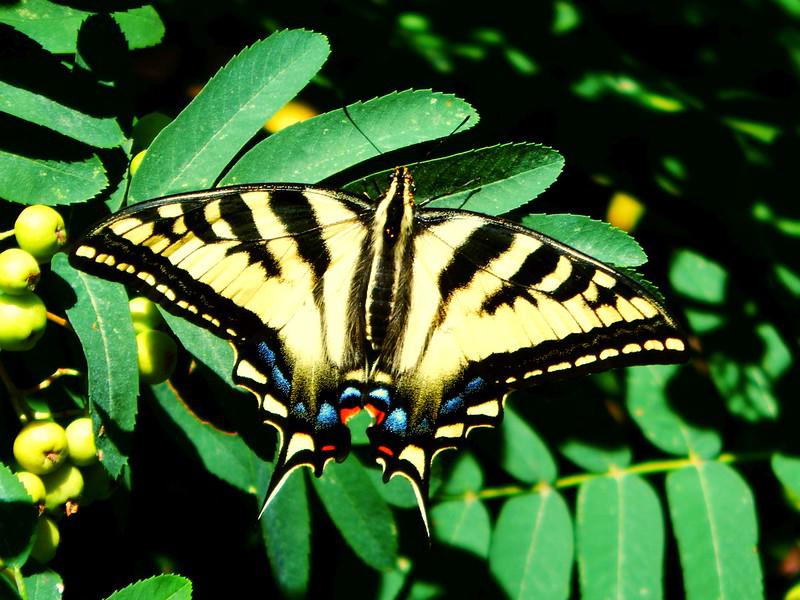The Venice of The East
The Norfolk Broads has been one of the most popular boating holiday destinations in the UK since the late 19th century. Its network of navigable lakes and rivers stretch for more than 200 kilometres, giving the region a greater area of waterways than both Venice and Amsterdam. It’s no wonder then that the Broads attract boating enthusiasts and holidaymakers in such large numbers. For many years, the wetland area was thought to be a wonder of nature, but it has since been proven that the Norfolk Broads are an entirely man-made beauty. They were carved out in medieval times to satisfy the demand for peat, then gradually flooded due to rising sea levels, eventually forming the unique landscape that is there today.
The Norfolk Broads have long been recognised as an important area of countryside and the area makes up one of the UK’s 15 national parks. Each national park is designated on account of its unique landscape, wildlife and culture, with the Norfolk Broads being no exception. It’s therefore a wonderful place for wildlife watchers in particular, with a range of habitats that harbour many rare species. Some areas of the park are accessible by road, but the best way to explore the Broads by far is by boat, with day trips on offer and boats available to hire.
An Exotic Species
The extensive wetland habitats of the Norfolk Broads attract many different species, including one that might seem far more suited to tropical climates. The glorious Swallowtail Butterfly is a good candidate to take the crown for the most beautiful butterfly species in the UK. It’s also one of the largest – with a wingspan of almost 10cm – and the vivid colours combined with the striking wing-shape make it a fantastic sight. While the occasional migrant Swallowtail can be spotted in the south of England, the Norfolk Broads are the only place in Britain where this species is a resident.

The caterpillars of the Swallowtail feed primarily on Milk-Parsley and are themselves very colourful, with bright green skin and a pattern of orange and black spots. They usually pupate over winter or during the spring, meaning the adult butterflies emerge in the summer. During this time, they can often be seen drifting across the reedbeds or feeding on flowering plants such as thistles. Like many butterflies, the adult stage for this species is one of the shortest periods of its life, with Swallowtails only lasting for around a month as a flying insect. Most of this time is spent feeding and searching for a mate, with females eventually laying their eggs on the undersides of herbaceous plants. Top tip for spotting Swallowtail Butterflies in the Norfolk Broads: Visit on a still summer day and look out for their yellow and black markings.
Brilliant Biodiversity
While the other species found in the Norfolk Broads might not be as colourful as the Swallowtail, they can be just as fantastic to see. Among the more secluded waterways, watch out for sleek brown shapes gliding across the surface of the water. If these shapes are large, they’re likely to be Otters. The Broads are a haven for this species and you might be lucky enough to spot one searching for fish. If you see a much smaller furry creature in the water however, chances are you’re looking at a Water Vole. Another semi-aquatic mammal, this species chooses to construct burrows in the soft sand on the edges of streams.
The Norfolk Broads are also an excellent spot for birdwatching, offering some real highlights throughout the year. Some of the rarer species present in the park are the Marsh Harrier and the Bittern. Both of these birds are wetland specialists, with the latter being famous for its loud, booming calls that can be heard for miles around. With the Broads being situated on the coast, there are also chances to spot a variety of marine wildlife, with Porpoises, Seals and seabirds all calling the area home. The Norfolk Broads have so much to offer visitors, providing a perfect destination for wildlife watchers who are eager to get out and about on the water.
The Norfolk Broads Photo Credit: Colin on Flickr

